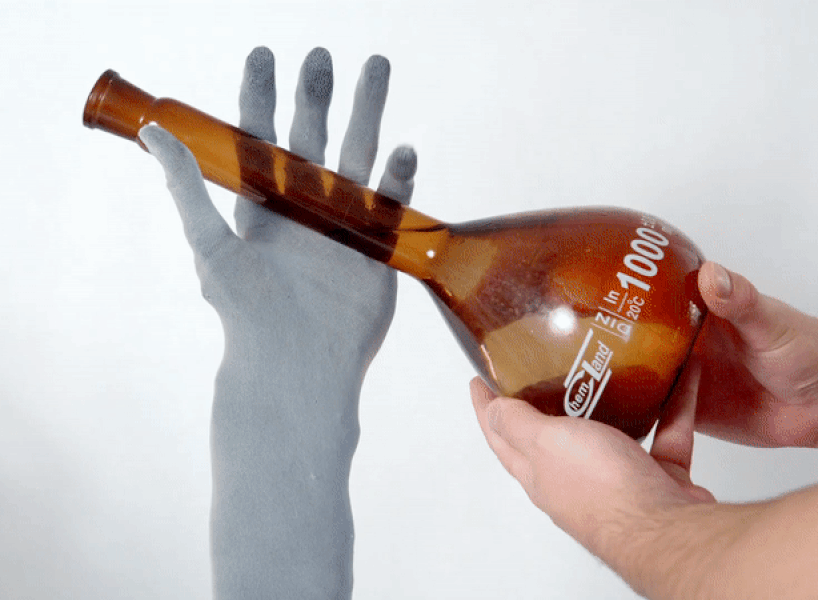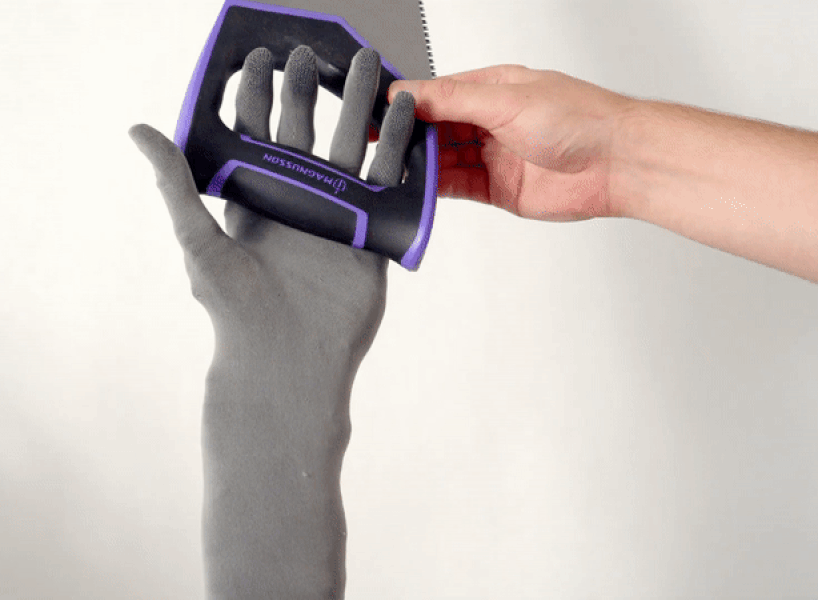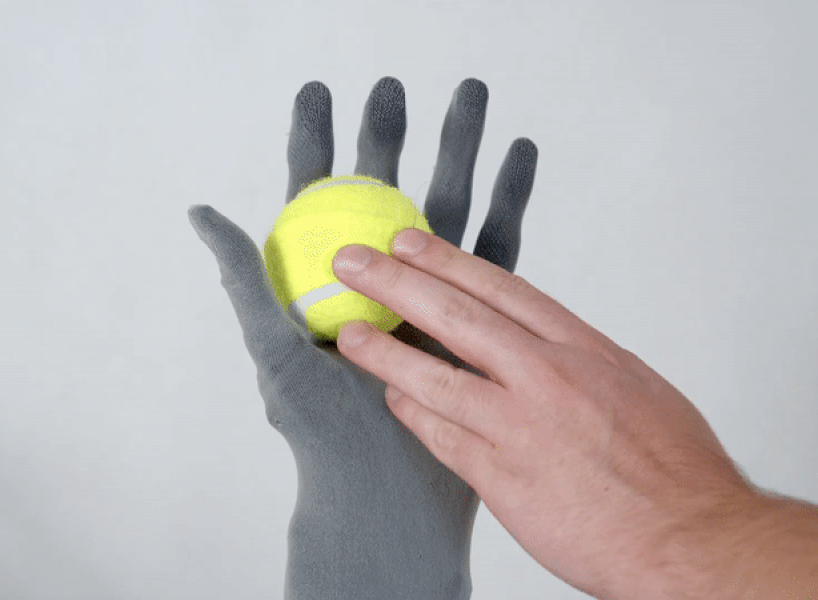clone builds a low-cost, durable robot hand that easily grabs & holds objects
Fully functional robot hand by Clone
One of the first things people can see when they look at the robot hand that Clone has built is how it resembles a real human hand wearing gray gloves. The way it holds objects – tennis ball, saw, apothecary bottle, kettlebell, and even a drill – gives the impression of how natural its movements are as if it has been doing this grab-and-hold method for a long time. Clone says it is building the world’s first biomimetic, power-dense androids with human-level hands to solve the most common problems of daily life. Over the past eight months, the team has invested its research and time in trying to produce its light, cheap, fast, and durable Clone Hand.
By the looks of it, the team has gone through several tests which culminated in a successful fully functioning robot hand. The Clone Hand (V15) has 16 new muscles to its spec from its original number of just 20, rounding up to a total of 36 muscles. This helps the robot hand to have the full 27 degrees of freedom including all joints in the thumb. ‘In the past 8 months, we iteratively updated the design and assembly process of our hydraulic muscles, improving the durability from 5,000 cycles to more than 650,000 cycles. All metal elements were deleted from the muscle design, while the muscle diameter was decreased to increase the frequency of operation,’ the team writes.

images and videos courtesy of Clone
Downsizing parts to make the whole hand compact
For the valves of the Clone Hand, the team decreases the size of the valve by up to two times its original size to 26 grams to improve its durability from 500 to more than 1,000,000 cycles. The bone structure of the robot Clone Hand has also been redesigned from scratch and is now manufactured in-house from a new composite made almost entirely from ‘recyclable, cheaply available materials’, as the team calls it.
The robot hand’s hydraulic powering system has also been reduced in its size to make it more compact, downsized from 8.3 kilos for the original 20 valves to 4.3 kilos for 36 valves. This step makes it easy for the chemical welding process to assemble it for mass production. Thanks to these features, the Clone Hand can function almost like a human hand as the recent version can rotate its thumb, move its fingers from left to right, sway its wrist, and has natural pronation and supination of the forearm and locked elbow joint.

clone says it is building biomimetic, power-dense androids with human-level hands
Clone robot hand is part of a humanoid scheme
Clone’s robot hand is only one body part of the whole humanoid scheme that the team is planning to build. They have already developed biomimetic bones, a portable hydraulic powering supply, and proprietary artificial muscles that will also fuel Clone Torso, the body that Clone Hand will be installed into. The new, flexible design of Clone Hand allows it to fit neatly inside the skeletal Clone Tose with all of its tubes and valves.
As the team describes it, the Clone Torso includes 124 muscles in the neck, shoulders, arms, chest, and upper back, and its spine is rigid with an actuated hinge at the tailbone, a seemingly complementary body part for the Clone Hand. If one wonders what makes Clone Hand different from the other humanoid hands, Clone writes that ‘a general-purpose robot performing many tasks in a ‘chaotic’ environment such as a human household will need to actuate its hands with a mechanism that can adapt to strong, random forces from the environment, which is where Clone’s artificial muscles succeed.’

the team has invested its research and time in trying to produce its light, cheap, fast, and durable Clone Hand (V15)

Clone Hand (V15) has 16 new muscles to its spec from its original number of just 20, rounding up to a total of 36 muscles


